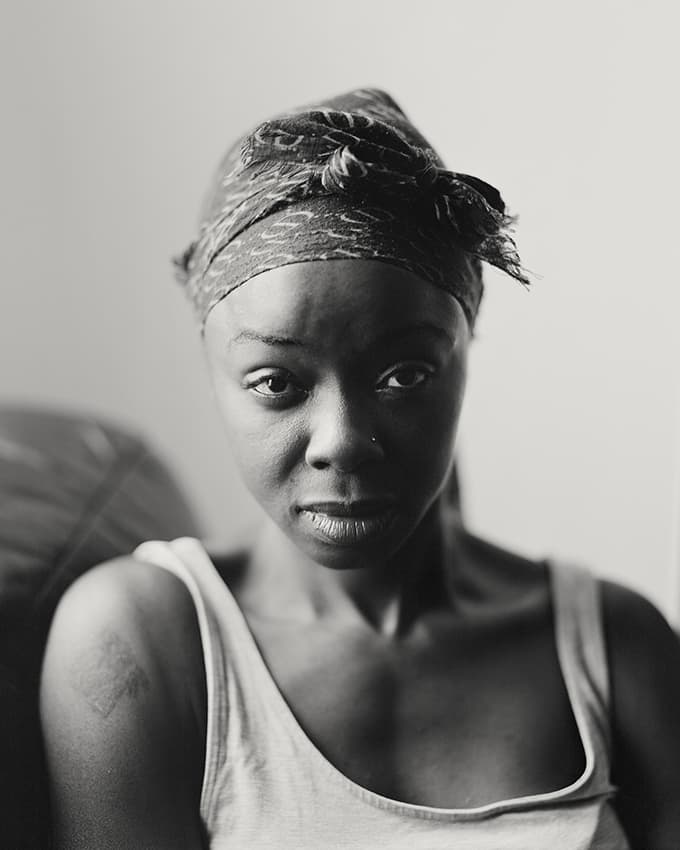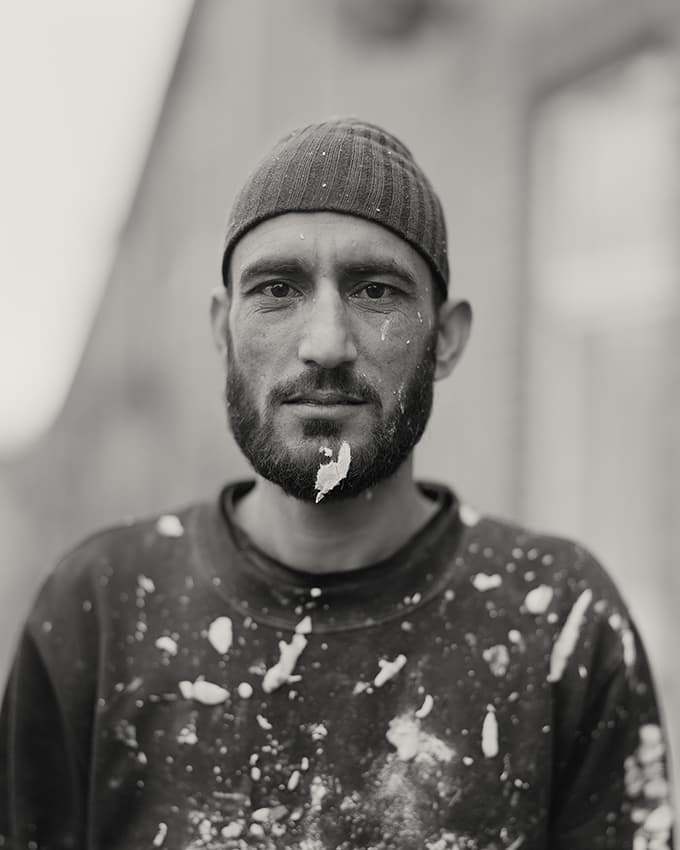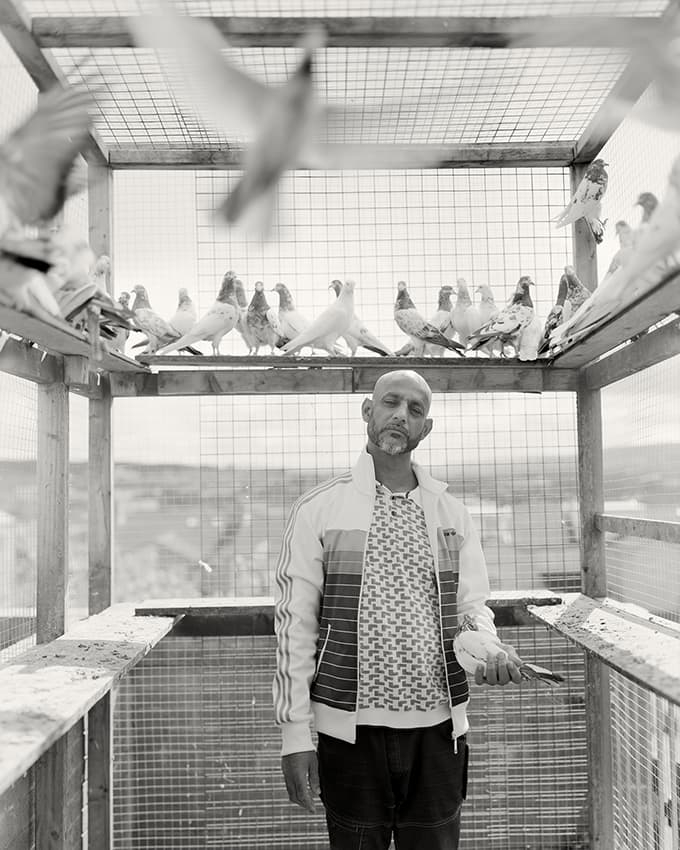Perhaps surprisingly for someone who has just been named Photographer of the Year (POTY) at the 2021 Sony World Photography Awards (SWPA), Craig Easton is angry. This is not necessarily a concern because when Craig gets angry, he is often compelled to challenge what has caused it.
In 2007, BBC Panorama made the programme, White Fright, tracking the ethnic and religious divide between Muslim Asian and white residents in Blackburn. They discovered white residents leaving in large numbers and that the two communities had separate lives.

All images from Bank Top, credit Craig Easton
Not segregated
A decade on, Panorama returned to find a town they claimed was even more divided. “It’s certainly not my experience of Blackburn and not the experience of the people that live in Blackburn and people are pretty angry about it I think,” says Craig. “I just spent a lot of time in the community and it’s very evidently not segregated.
I watched those programmes and it made me angry too because I know these places, it’s the easiest thing in the world to come from afar with an agenda and say, I know how I’m going to present this place, I’m going to present it as the white guys live over there and the south Asians live over here and never the twain shall meet. That’s just not the case, it is lazy journalism, it’s dangerous and damaging and divisive. It has to be challenged.”
Kick Down the Barriers is a response to programmes like Panorama and the Casey Review, (a report into opportunity and integration in isolated and deprived communities published in December 2016). The initiative explores Blackburn communities that have been publicly labelled as segregated and divided on national press, media and social channels.

A Top result
Led by Blackburn Museum and Art Gallery along with Project Fundraiser & Co-Producer, Sophie Skellern, artists were invited to make work in the town. Bank Top (first prize in the Portraiture category and for which Craig was bestowed the overall Sony prize) is his contribution.
A photographer for around 30 years, Craig has always retained an interest in current affairs and news. He has worked across the globe and takes particular honour in representing communities across northern England. He didn’t take photographs on his first few visits to Bank Top from his home a short drive away on the Wirral, preferring to hang around chatting and getting to know people.
While photographing alone, Bank Top is a collaboration with writer and academic, Abdul Aziz Hafiz, which according to Aziz, questions the – simplistic representation of Blackburn and the callous use of the word ‘segregation’ by policymakers and the media when they try to explain the challenges faced by such neighbourhoods and towns.

“What we actually found was this place of congregation, where people would all come together from all over the world. It occurred to us in our conversations that the real segregation in this country is between the powerful and the weak or between the wealthy and the poor. We don’t describe gated private estates as ghettos.
We don’t describe the people who live in those estates as segregated from the rest of society but they are, they’re segregating themselves. We don’t describe the rich as being segregated from the poor. So where’s this language coming from?” adds Craig.
Portrait masterclass
Craig photographed during 2019 and 2020 in Bank Top. The images introduce the viewer to the characters he met in the street, park, launderette, hairdresser, shop, home and places of worship – all taken within around 500 yards of each other.

Mohammed Afzal, shower fresh wearing a smart top and clean jeans (above), stands in a pigeon loft at the back of his house. Craig discovered pigeon fancying was also a passion in Punjab, further confronting assumptions of the working class pastime.
The portraits are dignified and honest, interwoven with important, quieter pictures which set the context of where they live – an enormous new Mosque prominent within Victorian terraced streets, a mattress dumped in the alley, park swings knotted together. The images of abandoned or closed down textiles mills hint at why the communities are there in the first place and the social problems that it faces.
The 10×8 negatives from his half-a-century old camera extracts extraordinary detail. The depth of field is forensically controlled. The overall effect a silvery pin-sharp perfection.
“Nobody has a veto over the way I see them, I’m very clear I’m making a portrait of this community as I’ve found it, plus I am trying to spend long enough there to try and get beneath the surface or superficial impression.” Craig is following in the tradition of his heroes Walker Evans, Dorothea Lange, Gordon Parks, Paul Strand and Lewis Hine – challenging prevailing narratives, watching, recording history, shining a positive light into misunderstood corners of society, from the bottom to Bank Top.

Craig Easton
Craig Easton is a British documentary, advertising and travel photographer often working on long-term social documentary projects that deal with the representation of communities in the north of England. See his website for more.
Further reading
Portrait photography








